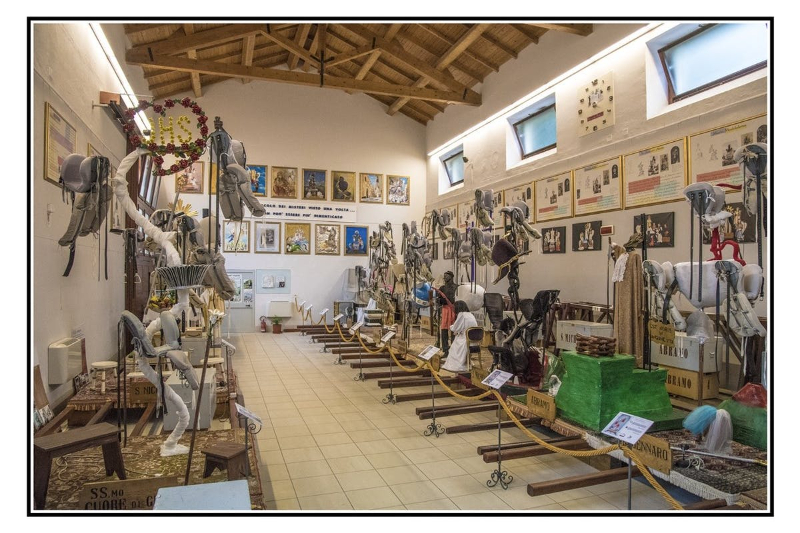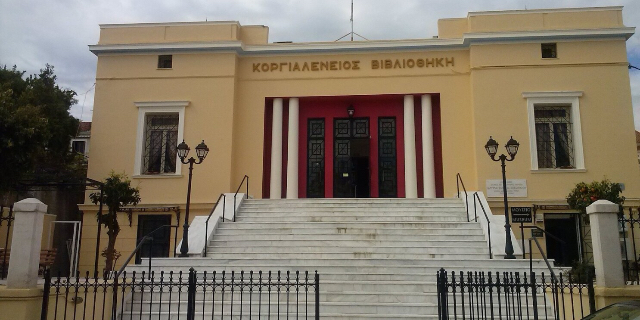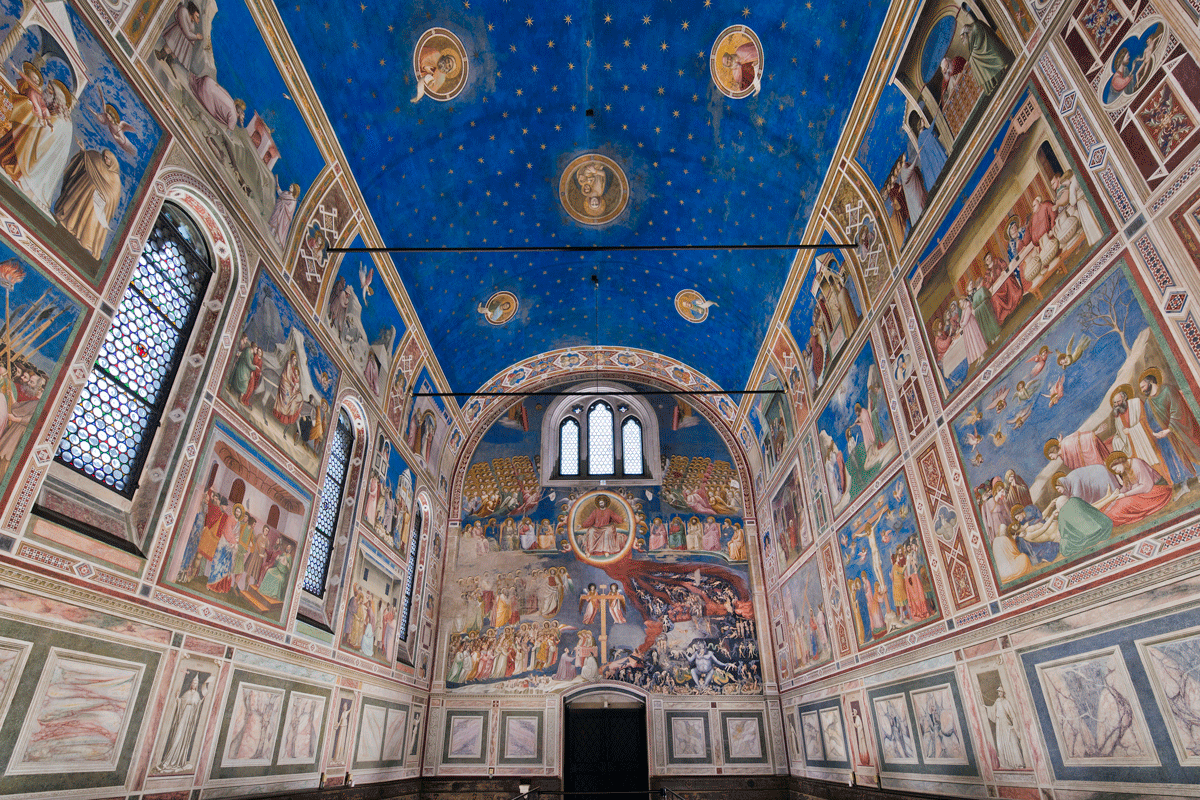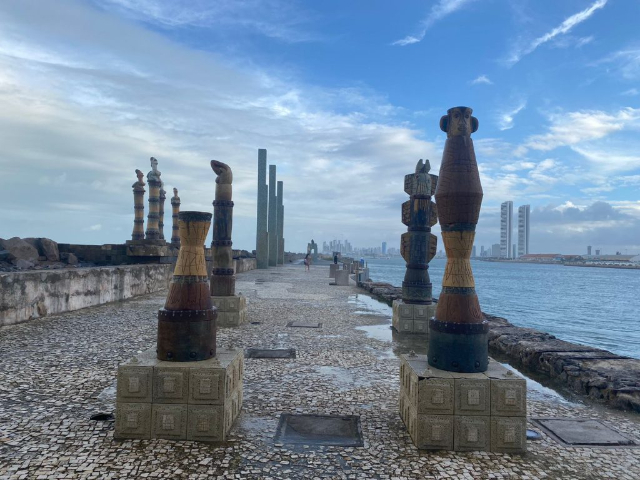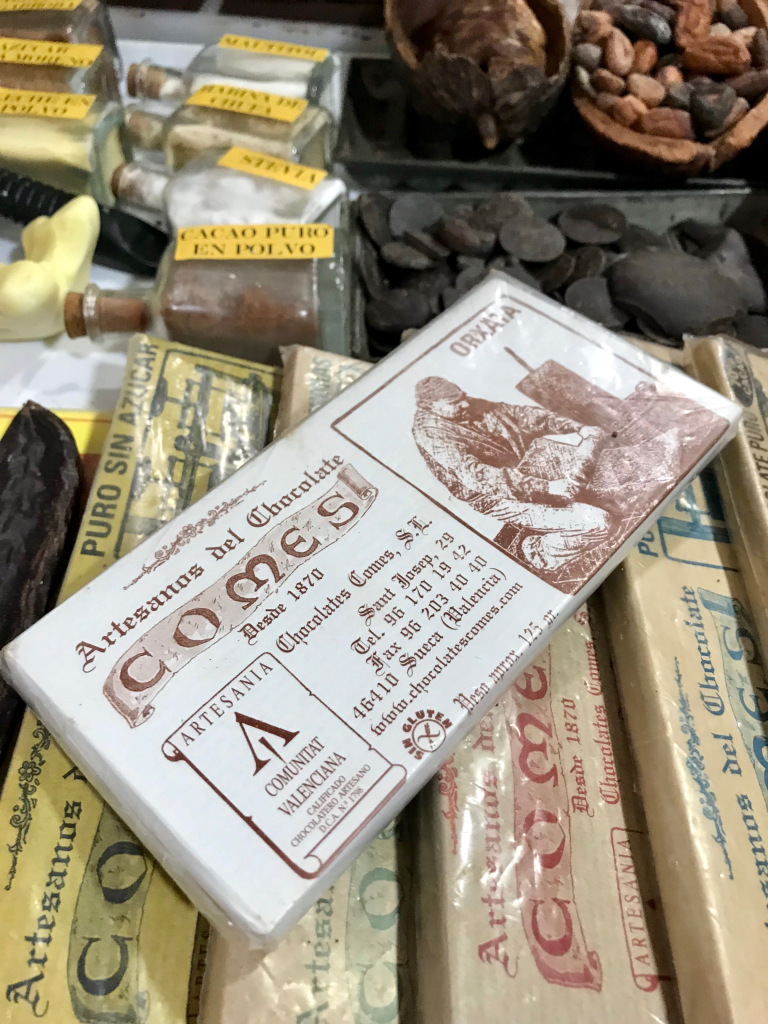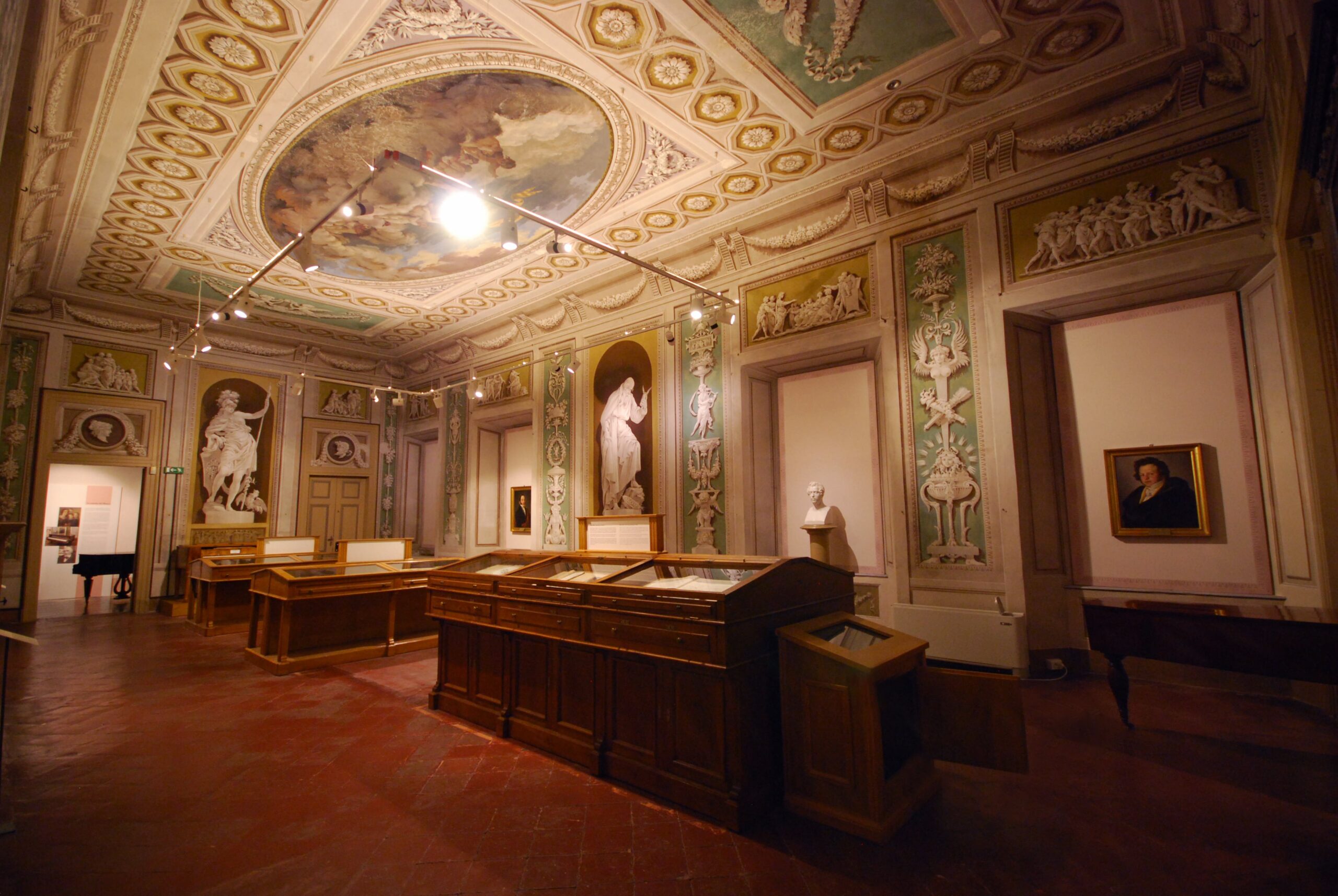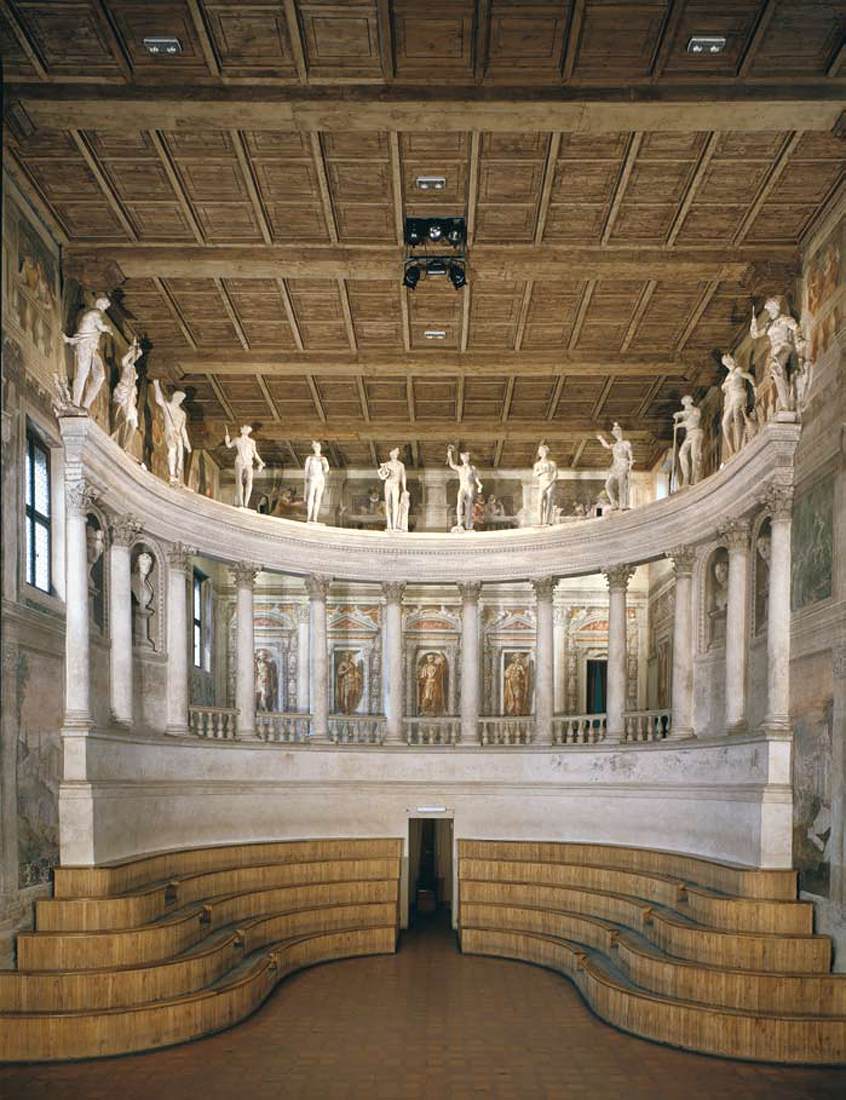A centuries-old tradition on the day of Corpus Christi in Campobasso Born from the wise union of the brilliant artistic creativity of Paolo Saverio Di Zinno and the skill of the skilled blacksmiths Campobasso, the Mysteries summarize in themselves not only undoubted artistic and craft qualities but also folklore, religiosity and popular devotion creating a striking procession that has few equals in Italy and in the world. These are "machines" or "ingeniousness" made of a wooden base in which is inserted a forged iron structure that develops vertically and branches out and brings to each end of the harnesses in each of which is placed a child. The children represent angels, devils, saints and madonnas and seem to be suspended in the void because their costumes mask the structure and the harnesses. On the base of the Mystery there are other characters interpreted, depending on the role, by children or adults. The Mysteries are carried on the shoulders in procession through the streets of the city and the rhythmic pace of the bearers, swinging the iron structure, creates the illusory sensation of seeing angels and devils flying several meters above the ground. It is important to underline the intelligence of the artist and the great professional ability of his blacksmith collaborators who, by dimensioning the structure and using some constructive artifices (boiling technique), have succeeded in realizing some devices that still today, after more than 250 years, we can admire in their full functionality. The expression “quadri viventi” is well suited to these devices in which the dynamism of the figures blends perfectly with the static nature of the iron structure. Di Zinno, around 1740, conceived twenty-four Mysteries but six of them did not stand the test and six others, representing the Body of Christ (called by the people “il Calicione” because of the presence of a big chalice), the Holy Trinity, S. Maria della Croce, the Madonna of the Rosary, the Virgin of the Rosary, the Virgin Mary of the Cross, the Virgin Mary of the Immaculate Conception.Maria della Croce, Our Lady of the Rosary (in which the main iron of the structure could rotate on itself when the Mystery was still), S.Stefano and S.Lorenzo, were destroyed during the earthquake of July 26th 1805 by the collapse of the buildings in which they were kept. The Mysteries lined up in front of the Town Hall for the Blessing Since then the remaining twelve Mysteries representing S.Isidoro, S.Crispino, S.Gennaro, Abramo, Maria Maddalena, S.Antonio Abate, l’Immacolata Concezione, S. Leonardo, S.Rocco, l’Immacolata Concezione, S. Leonardo, S.Rocco, l’Immacolata Concezione.Leonardo, S.Rocco, l’Assunta, S.Michele and S.Nicola until 1959 when the Tucci cousins realized a thirteenth Mistero, the S.S. Cuore di Gesù, on the base of a drawing attributed to Di Zinno. The Mysteries represent scenes from the Old and New Testament with clear references to concepts such as obedience to God (Mystery of Abraham), the punishment of the rebels (Mystery of St. Michael), the grace of God that is able to protect the soul.Michael), the grace of God that accompanies the Virgin Mary from the first to the last moment of her life (Mysteries of the Immaculate Conception and the Assumption), the love of the Son of God for men (Mystery of the Sacred Heart of Jesus) and scenes from the lives of some saints with the invitation to follow the virtuous example and rely on their intercession. The procession opens with the Mysteries of St. Isidoro and St. Crispino, respectively protector of peasants and shoemakers, in memory of the Faci or faults that in the past the farmers and craftsmen built as thanks to God for the past year and that preceded the Corpus Domini procession. Inaugurated on October 7, 2006, the Museum of Mysteries is a reality essential to give dignity to the talent of Paolo Saverio di Zinno and to the "Engines" he created in the middle of the eighteenth century, which on the day of Corpus Christi, for over 270 years, parade through the streets of the city. Strongly desired by the Association Mysteries and Traditions, the Museum of Mysteries é in fact the most visited of Molise, over 220,000 thousand visitors, 220 events, 90,000 photos cataloged, 350 dated documents and 600 videos.
